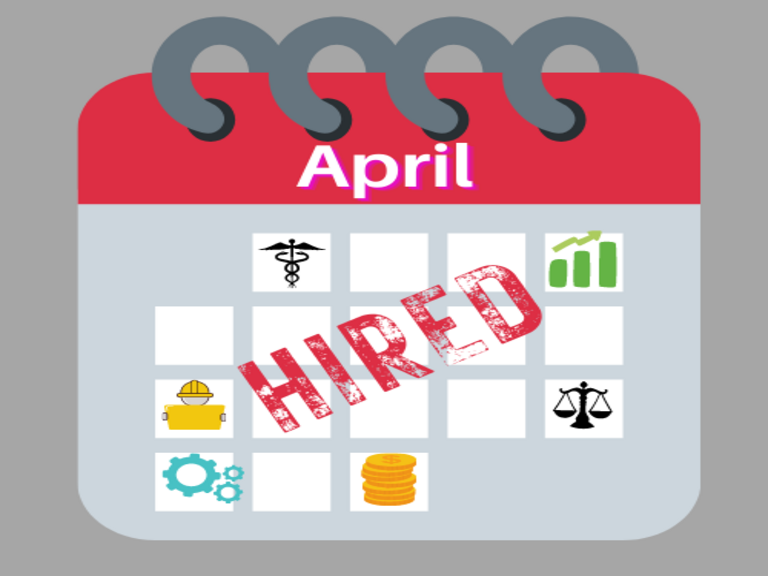Recent job gains have mixed effects on the economy
May 14, 2022
The U.S. Department of Labor’s Bureau of Labor Statistics released the Employment Situation Report on May 6, in which it announced an impressive increase in the number of job openings in April.
Employers added 428,000 non-farm payroll jobs, marking the 12th month of gains. The overall number exceeded the consensus estimate, which was 395,000 .
The increase is attributed to the growing demand of consumers that are shopping, traveling and dining amid a shortage of workers and inventories.
New gains are in sectors with high demand, such as leisure and hospitality, manufacturing and transportation.
The report added that the hourly earnings for workers increased “by 0.3% month-on-month, a slower pace than the 0.5% seen last month,” according to NBC News.
High job creation is music to President Joe Biden’s ears, who has repeatedly amplified his administration’s focus on the economy ahead of the midterm elections.
On the other hand, workers aren’t celebrating due to staggering inflation of 8.5%, giving them little benefit from the wage increases.
The report supported the Federal Reserve’s argument that the economy is strong and resilient to some monetary tightening. This, however, will not sway the Fed from any of its hawkish plans.
This is due to the declining labor force participation rate, as the unemployment rate remained unchanged at 3.6%.
The decline in labor force participation could be explained by workers who have become more selective about potential work environments.
Some employers have gone so far as to cut down opening hours to deal with the worker shortage.
The fixed unemployment rate and job increases are bad news to the Fed, as a worker shortage will make businesses raise wages to incentivize people to join the labor force.
In the Fed’s last meeting, Chair Jerome Powell noted that the demand for workers is still high, but “while labor force participation has increased somewhat, labor supply remains subdued.”
Higher wages will drive inflation higher, making the Fed move expeditiously and aggressively to bring it down. This makes an increase by a half percentage in June more likely.
The Fed’s rate increases aim to make it more expensive to borrow, and in turn slow down business expansions and demand.
A raise in interest rates would also lead to fewer job postings and encourage workers to keep their existing jobs, helping the supply to meet the level of demand.
While the Fed is not considering a 0.75% hike, there are questions about whether a 0.5% increase would be enough to tame the record-high inflation.
10–year treasury yields are also on the rise, positively correlating with borrowing costs. Nevertheless, this weighs heavily on technology stocks.
The U.S. government backs the treasury bonds, so when times are difficult and there is high volatility in the stock market, investors will opt for putting their money in bonds as they are safer.
The higher demand for the bonds pushes the yield up, which is a good indicator of investors’ confidence in the economy. With the yield currently high, investors are evidently not confident.
Economists do not seem to have an optimistic outlook since the current combination of high inflation and low unemployment has historically led to recessions.
And with unionization efforts driving prices up, China’s coronavirus-related lockdowns leaving the supply chain logjammed and the war between Russia and Ukraine dragging on, the Fed is continuing to find itself in an undesirable position.
If the unemployment rate and wages don’t go down soon, the Fed might have to announce a new plan to address the red zone the economy has found itself in.








